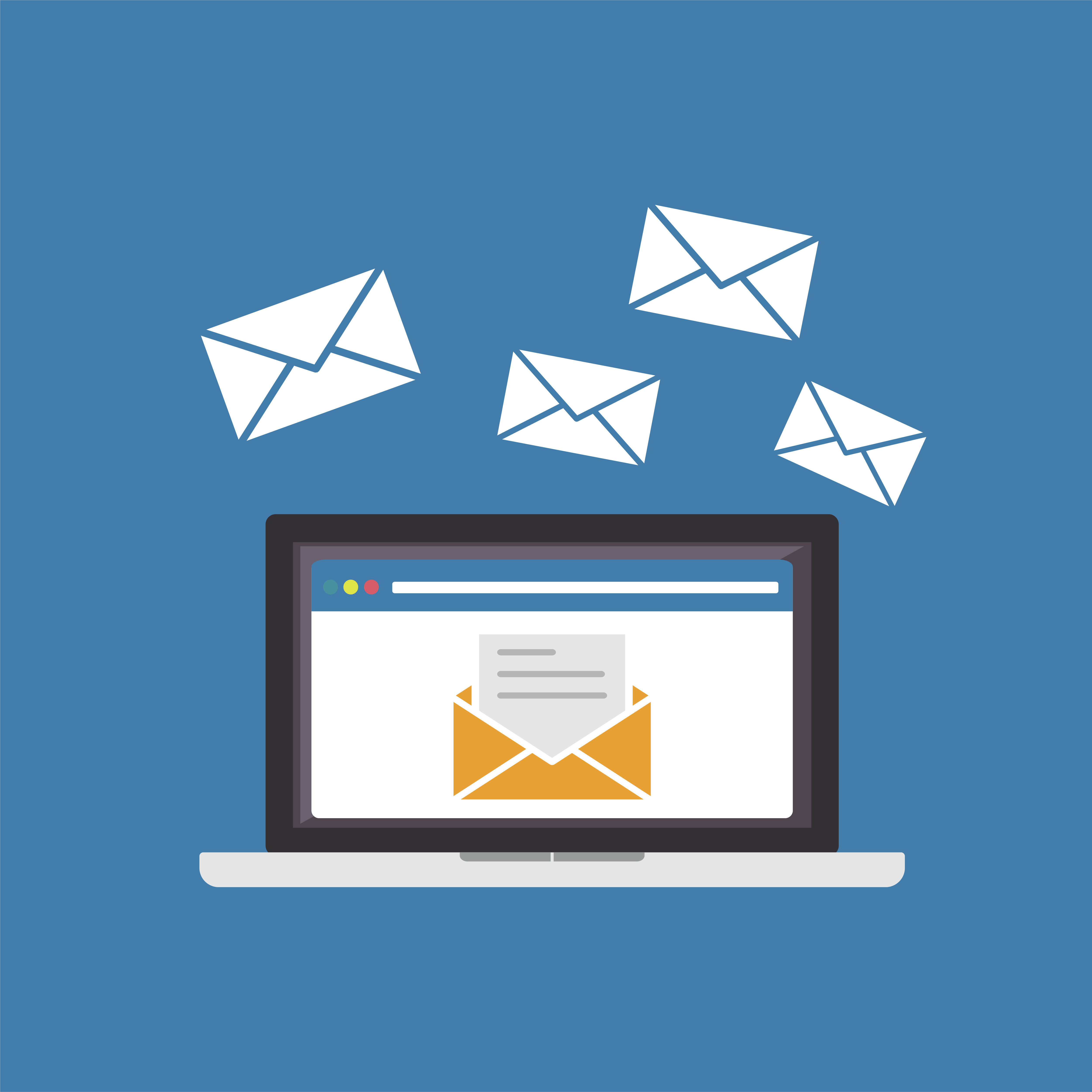Email marketing has been around for a while and it’s evolved quite a bit from its humble batch and blast beginnings. Take for example the need for and creation of the CAN-SPAM Act, to protect consumers and provide critical guidelines for marketers to adhere to when developing campaigns. Now, with the mass adoption of wearable technology, smartphones, and tablets, the game is changing yet again. And you have to ask yourself, “Is your business ready?” Here are four fundamental email marketing best practices you can begin implementing today.
CONTEXT & DATA
In 2015, the average email user received 88 emails and sent 34 emails per day. It’s a pretty safe assumption that most of these messages are promotional in nature, seeing how users are receiving more emails than they are “responding” to.
Because of this, email marketing became like its predecessor, direct mail. People were getting too much junk mail in both the mailbox and the inbox. So in 2013, Gmail provided its users with a way to filter out the marketing messages from one-to-one messages for work and personal matters. As a result, marketers had to take a different approach and began to focus on context, not just content.
Remember, prospects and customers could be anywhere, doing anything when they check their email. To make sure your messages remain relevant, email marketing has to take into consideration the constantly changing context of email recipients. By including up-to-date, relevant content in messages, businesses can improve their contextual marketing. For example, a loyalty or rewards program email may display a real-time points balance after a purchase or a sales email can include a geo-targeted map of nearest locations for customers to make a purchase.
In order to successfully utilize context, marketers rely on data. Data is what helps marketers to appropriately segment and target various audiences, and the ability to provide the right content at the right time to the right person. For instance, someone who just signed up to receive email alerts from your company shouldn’t receive the same email communication as the individual who just made their fourteenth purchase. Personalization is more than “Dear [First.Name].” it’s about really knowing your prospects and customers—understanding their interests, geography, buying habits, etc. to provide them with offers and other communications that create interest and engagement.
Still not convinced?
Consider this, according to DMA, segmented and targeted emails generate 58 percent of all revenue.
MOBILE RESPONSIVENESS
Sixty-six percent of brand marketing emails are opened on mobile devices. In this fast-paced, on-the-go world, it’s imperative for brands to reach their audiences where their audiences are expecting to hear from them. That means email messages have to be mobile responsive, not just mobile-friendly.
In addition, content has to be concise and direct. Most people who read emails on their phone do not take the time to scroll and scroll through content or images. A clear message and call to action are required to get the most engagement from mobile users.
Special attention should also be paid to the subject line; after all, 33 percent of email recipients open email based on subject line alone. That being said, it’s critical to keep in mind the average mobile screen can only fit subject lines four to seven words in length.
INTEGRATE MULTIMEDIA
It’s expected that video will control 69 percent of consumer Internet traffic this year. What’s more, video in an email leads to a 200 to 300 percent increase in click-through rate. Like it or not, videos are engaging and influential.
Consider sending a video message instead of a traditional email to customers to move them through the customer buying cycle from awareness, to purchase [and repurchase].
Also, don’t forget to integrate animated GIFs (where appropriate) in place of static images. When created and optimized correctly, animated GIFs are great alternatives to video. Keep files small, short and simple for maximum optimization.
Still not sure about GIFs? You may be interested to know that Experian found 72 percent of email marketers who have used animated GIFs have recorded higher transaction-to-click rates, compared with bulk emails to the same customers. Not too shabby.
WEARABLE TECHNOLOGY
The global wearables market is expected to reach a value of $19 billion in 2018, more than ten times its value in 2013. For companies that are marketing to target audiences who are “always connected,” making sure your emails can be understood at a glance is more important than ever before.
Some recommendations to consider in 2017 include sending more plain text emails, shorter subject lines, and brief message content. Keep it simple but significant.
Hopefully, these tips will help you build stronger and more engaging email marketing campaigns in 2017. Remember, without a clear objective and great content to go along with it, no campaign will be successful. Keep in mind your target audience and focus your efforts on providing them with meaningful content in the way they prefer to receive it.
What other email marketing tips have you found to be the most helpful? We’d love to hear from you in our comments section below. And should you need help crafting your own email campaign, don’t hesitate to reach out to us. After all, it’s what we do.
